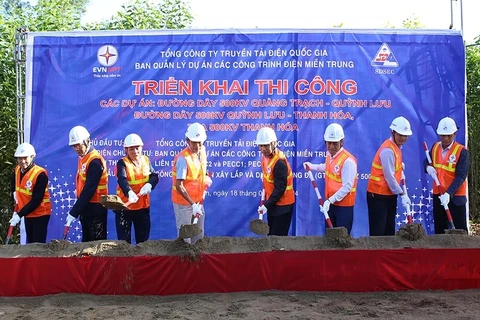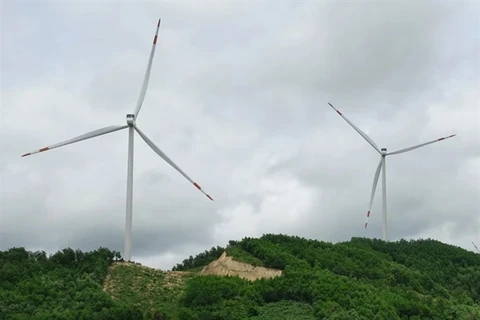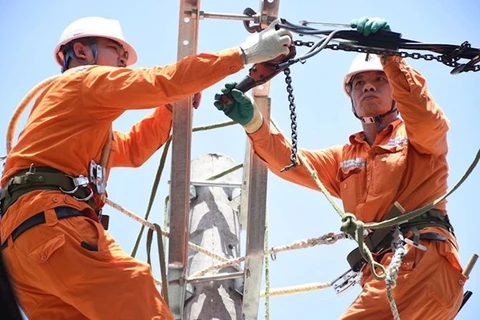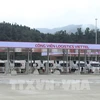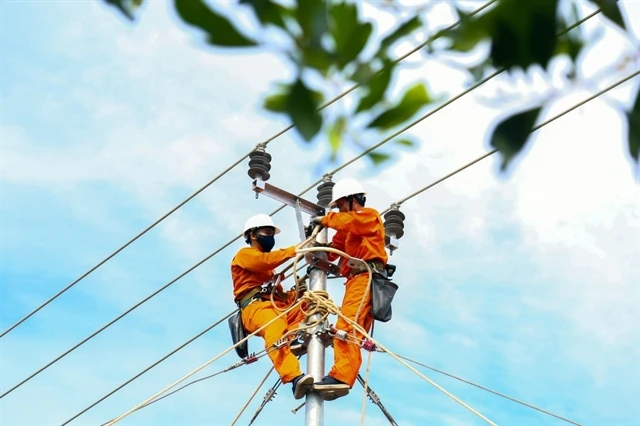
Hanoi (VNS/VNA) - Although electricity prices were increased twice in 2023, Vietnam Electricity (EVN) reported an after-tax loss of 26.77 trillion VND (1.053 billion USD) on high electricity production costs, according to its audited financial report.
In 2023, EVN reported revenues of around 500 trillion VND, up by 8% over 2022. Of the figure, the revenue from selling electricity accounted for 99%.
EVN must pay a total of 18.985 trillion VND worth of interest expenses last year, around 4 trillion VND higher than 2022, or more than 50 billion VND per day.
For 2022-2023, EVN incurred a record loss of more than 47.5 trillion VND.
EVN said that in spite of the rises in the average electricity retail price, by 3% on May 4 and 4.5% on November 9, the increases could not make up for the rising electricity production costs, including higher fuel prices and rising foreign exchange rates.
The company also needed to increase electricity supply sources from thermoelectricity and renewable energies which had higher production costs than hydropower.
The EVN financial report triggers a worry that electricity prices might be increased further this year.
According to Nguyen The Huu, Deputy Director of the Electricity Regulatory Authority of Vietnam, before adjusting electricity prices, the Ministry of Industry and Trade must work with EVN to inspect and evaluate inputs' prices of electricity production as base for adjusting electricity prices. The evaluation is underway, he added.
Under the Prime Minister’s Decision No. 05/2024/QD-TTg which took effect from May 15, electricity prices are reviewed and adjusted every three months, instead of six months as previously.
When the input costs decrease by 1%, the electricity prices will be decreased correspondingly. When input costs rise by 3% or more, electricity prices will be increased./.
